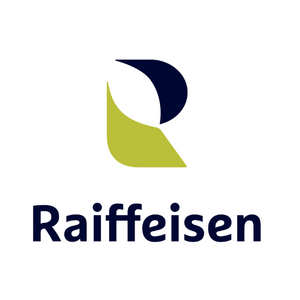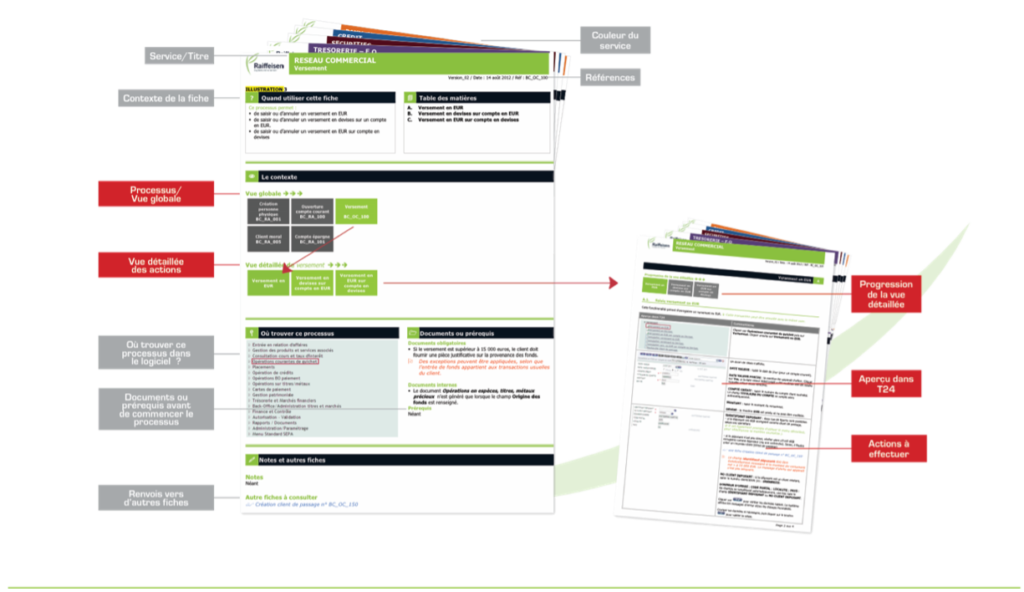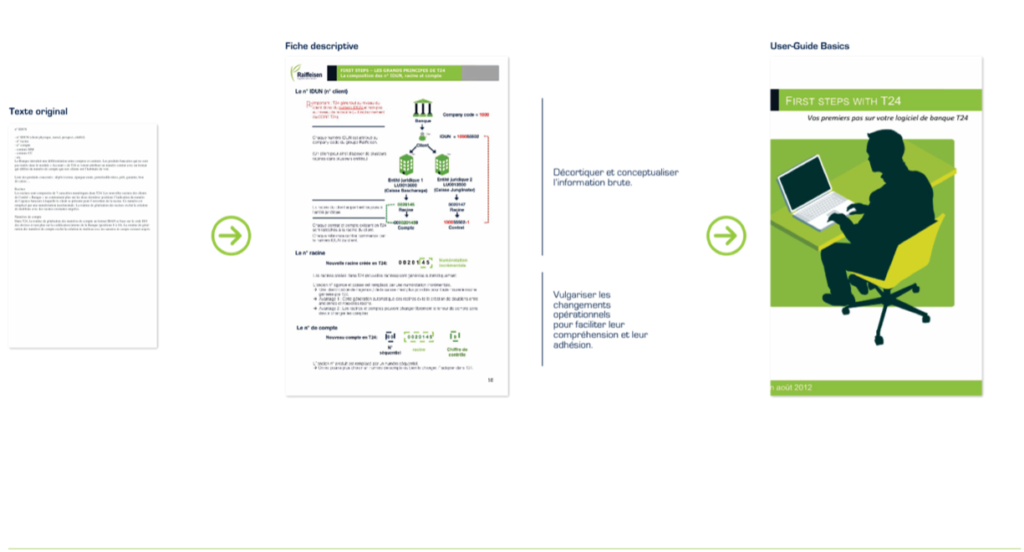
ABOUT THE CLIENT
Raiffeisen is the 1st cooperative bank in the country. In 2021, the Bank counted over 43,000 members. They currently employ around 650 people, both at its headquarters and in the Bank’s agencies. The Bank set up a partnership with POST Luxembourg in 2016, thus making it possible to extend its network of agencies.
THE CONTEXT
In 2012, the bank decided to install the T24 Temenos core banking software, this Swiss banking software is in wide use throughout the banking world (it is currently in use by over 600 banking institutions[1]).
Prior to this, the bank operated using an in-house solution, which no longer corresponded with the bank’s changed requirements.
The introduction of T24 at the bank meant far more than “just” a change of software: in fact it represented a complete review of the way the bank dealt with daily IT processes and involved corresponding changes to workflows and ways of working, including the adaptation of process definitions and task attribution between teams.
This is because T24 operates with standard operating models, which limited the flexibility provided by their home-made solution, which adapted to their organisation and working patterns.
This project involved the business teams over a period of more than three years and affected over 500 employees.
The T24 project was :
- 140 employees at peak times
- 15 nationalities
- Almost 1900 project days
- More than 5500 man-days of functional development
- More than 40,000 test cases executed
MINDFOREST'S MISSION
MindForest accompanied Raiffeisen throughout the entire project duration.
Its mission spanned several different fields:
Facilitate collaboration
between business teams and IT professionals. The project required the involvement of business experts, who still had to ensure the daily business. It also required bringing together all of the bank's departments around a common objective, creating cross-functionality to understand the implications of the model change on each of the business lines. All this while managing the integration of external consultants and maintaining motivation throughout the project.
Communicate on the progress
of the project because in a project of this scale, which involves so many people from different professions, it must be ensured at all times that essential information is shared and understood by everyone at their level.
Build a knowledge base
on the T24 software to train and provide documentation support for future users. By building up the documentation as the solution was developed, this made it possible to have a support system to which testers, and then users (particularly counter staff, who have to master a large number of transactions) could refer, without systematically calling on the help desk. This contributed to a quicker take-up.
“When the helpdesk was set up, users who asked questions that were answered in the documentation were referred to the correct form. With this documentation, the training materials and the test environment that we provided, we encouraged users to look for the solution themselves. And it is thanks to this method that they got used to their new tool more quickly, which accelerated their learning curve..”
TOOLS, METHODS & ACTIONS
Newsletter to inform on the progress of the project
Event: demonstration day of the application by testers
Documentation (sheets for each activity to be carried out in the application)
Network of exchange agents to link the field with the project team
Infographics, illustration of the processes to make them easier to understand
Transfer of skills to maintain the documentation
Training materials
Intranet to develop additional content to the newsletters: video interviews
Communication support for managers
THE PROJECT OUTCOME
With newsletters, intranet, which provide a channel of communication to management and stakeholders on the project
With the network of exchange agents (top-down): local support with a business orientation)
With an event, where employees were able to see the application presented by the key users working on the project, and to ask questions to the project team
Production of documentation to make it easier to use the application (sheets, computer graphics, illustration of processes)
Production of didactic, exhaustive and rigorous support, adapted as the application develops
as users feel considered because they are equipped and trained.
Collaboration with the training teams to produce the training materials. Construction of 2 types of materials: “Basics” and “Guichetiers”. Training the trainers.
A user-oriented documentation
Who is it for? When? Why?

How to transform a raw text that is difficult to read into a readable and attractive page for employees?

THE MAIN SUCCESS FACTORS
CLOSE COLLABORATION WITH THE BUSINESS EXPERTS TO BUILD THE KNOWLEDGE BASE TOGETHER
extracting and structuring the elements to be brought to the attention of future users, then formalising them in a digestible form
A HIGH LEVEL OF TRANSPARENCY
on the progress of the project
A WELL-CONCEIVED AND COHERENT APPROACH
after a good understanding of the need, the appropriate approach was implemented to ensure that the results were achieved - Stakeholders followed the defined guidelines
A NECESSARY BUT INITIALLY UNDERESTIMATED EFFORT
to formalise the AS-IS and TO-BE processes
OUR MULTI-DISCIPLINARY TEAM
was able to propose a comprehensive approach based on various customer issues: ranging from listening and gathering information to encouraging the emergence of new ideas and solutions, through the analysis and synthesis of complex data and the provision of coherent communication throughout the entire process
[1] According to the website https://www.appsruntheworld.com/customers-database/products/view/temenos-t24





